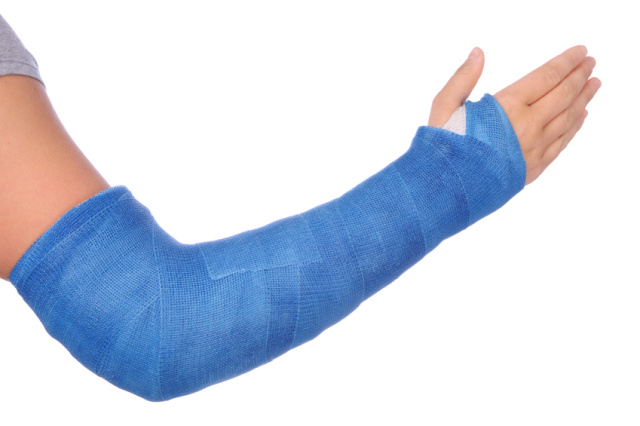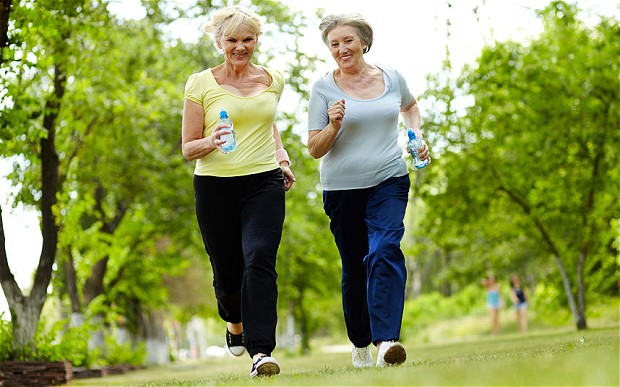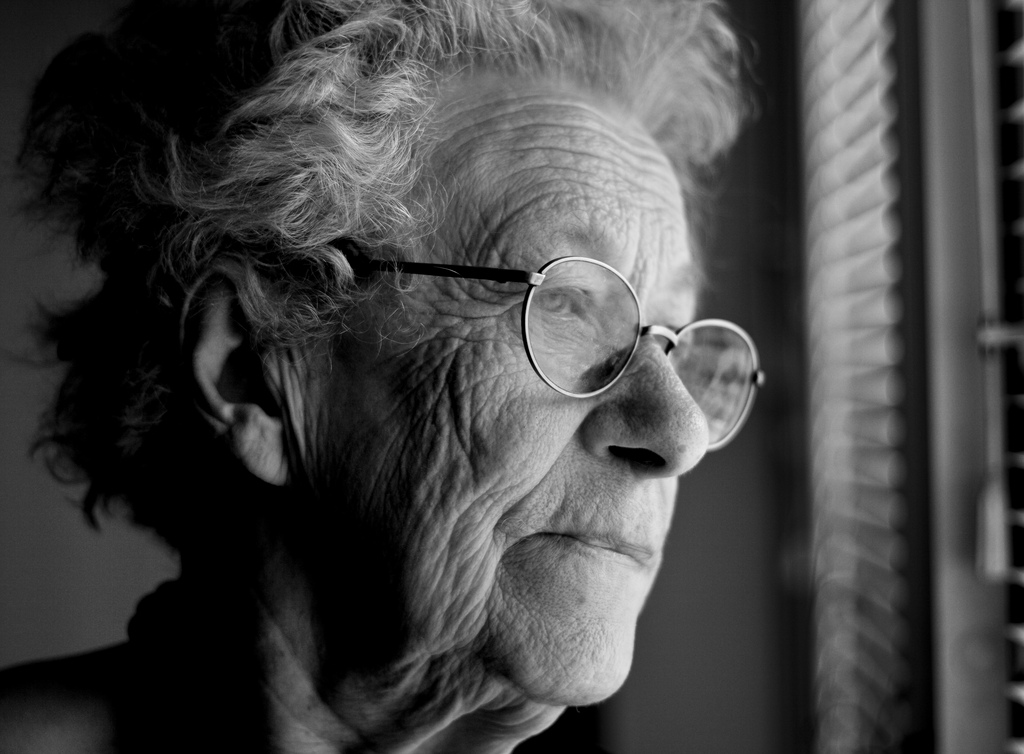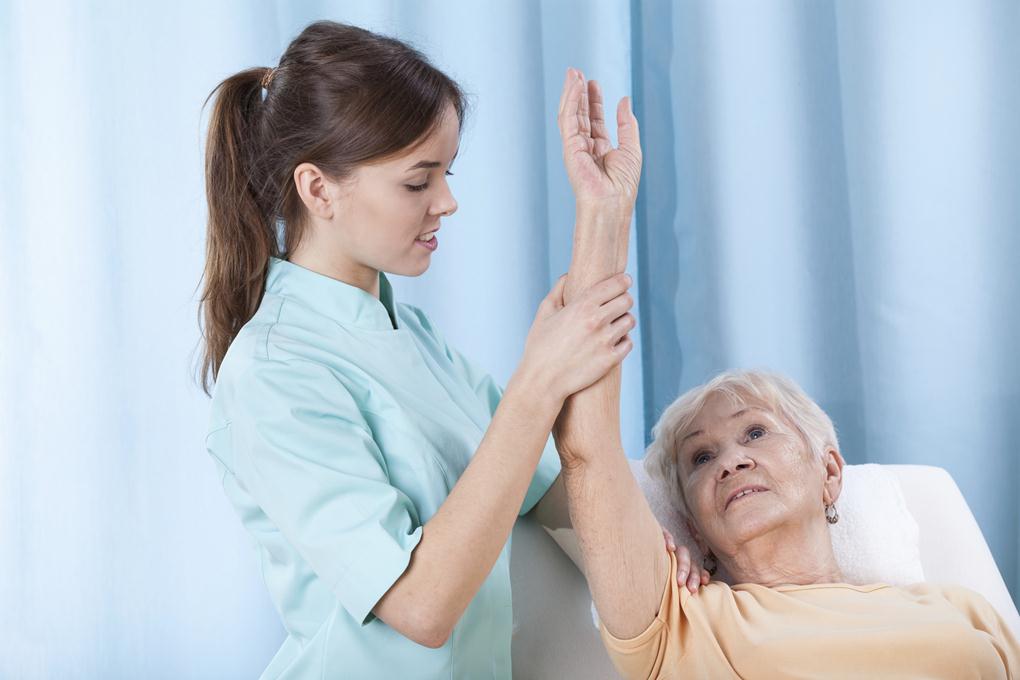What is osteoporosis?
Osteoporosis is common in older adults, where decreased bone density might eventually lead to bone fractures. From the Greek that literally means “bone porosity”, it is believed that about 200 million people suffer from it. More commonly seen in geriatric patients in their 70s and 80s (who represent about 70% of reported cases), it is also more likely to appear in Caucasians and Asians, and much more likely to affect women rather than men. There is also a relationship between estrogen levels and likelihood of suffering from osteoporosis. After menopause, estrogen levels decline significantly, causing the rate of bone breakdown to surpass the amount of bone built. This ultimately causes weaker and more porous bone, and explains why osteoporosis is linked to aging in women.
Bone fractures
Although extremely remote, complications could arise from bone fractures which in turn might lead to a higher mortality rate in these patients. Most common bone fractures occur in the lumbar vertebrae, hips and wrists, with the occasional fractures in the ribs as well. Sometimes the bone density decreases so rapidly that these fractures could occur even with the smallest of stresses, and rarely (but also possible) spontaneously.

Source: Are You Ready Survival Kits
Signs/Symptoms of Osteoporosis
There are no tangible signs or symptoms of osteoporosis before a fracture occurs, so early detection can be a little complicated. Rather, in most cases it leads to having such fractures which a healthy person under the same circumstances wouldn’t. Because of this, they are called fragility fractures. And though they can sometimes be asymptomatic, the usual symptoms, once they occur, are sudden and chronic back pain, changes to an incorrect and crooked posture, and height loss due to vertebral bone compression which all lead to a significant loss in overall mobility and a poor quality of life. However this doesn’t mean that the disease can’t be detected prior to suffering bone damage.
Diagnosis
Diagnosis is commonly made by using traditional radiography along with bone mineral density (BMD) analysis, which is done via blood tests. Besides the standard methods, more advanced studies are also available and highly recommended. Some of them include the measurement and quantification of specific chemical biomarkers, quantitative computerized tomography, quantitative ultrasound and bone densitometry.
Prevention of osteoporosis
Like most diseases that afflict us, osteoporosis is no different than the rest, in a way that can be easily prevented by our lifestyle choices and overall nutrition. No smoking combined with a null-to-low consumption of alcoholic drinks help in reducing the odds of developing the disease.

Source: Telegraph
Osteoporosis treatment
There has been evidence showing that a regular intake in both vitamin D and calcium combined, help in preventing the disease. New studies also show that a supplementary Vitamin K intake might reduce the risk of fragility fractures in women. Regular exercises; such as aerobics, cardio, endurance running and also weight-lifting are all linked to an increment in BMD, which reduces the risk of fragility fractures.
Osteoporosis treatment for patients already diagnosed with osteoporosis include physical therapy along with medication. The consumption of bisphosphonates is strongly linked to a reduction in the probabilities of suffering fragility fractures, however this drug’s effect decays after the initial three to five years of treatment and should be stopped at that point. For postmenopausal women, an intake of parathyroid hormones and even hormone replacement are also confirmed to be effective treatments for the disease.
For men, testosterone consumption has also been linked to an increase in bone density. All in all, osteoporosis is a fairly silent affliction until bones start fracturing, by then the pain can become excruciating. But with a proper lifestyle combined with good nutrition, regular exercises and overall high quality of life, the odds can become much, much lower. And in case you have already developed the disease, all of the efficient treatments, physical therapy and proper medications are readily available.
Alternative osteoporosis treatment
While little is known about the effectiveness of alternative osteoporosis treatment, some believe that some herbs and supplements can assist in prevention or countering the effects of bone degeneration associated with this age related condition. For the most part, these supplements are taken to mimic estrogen, such as red clover, soy, or even black cohosh. Other alternatives include tai chi or accupuncture. Notably, these can also be used as complementary treatments for osteoporosis (in conjunction with physical therapy and medication).
Sourced from: Alot
Photo: Thinkstock
Posted on May 22, 2023


